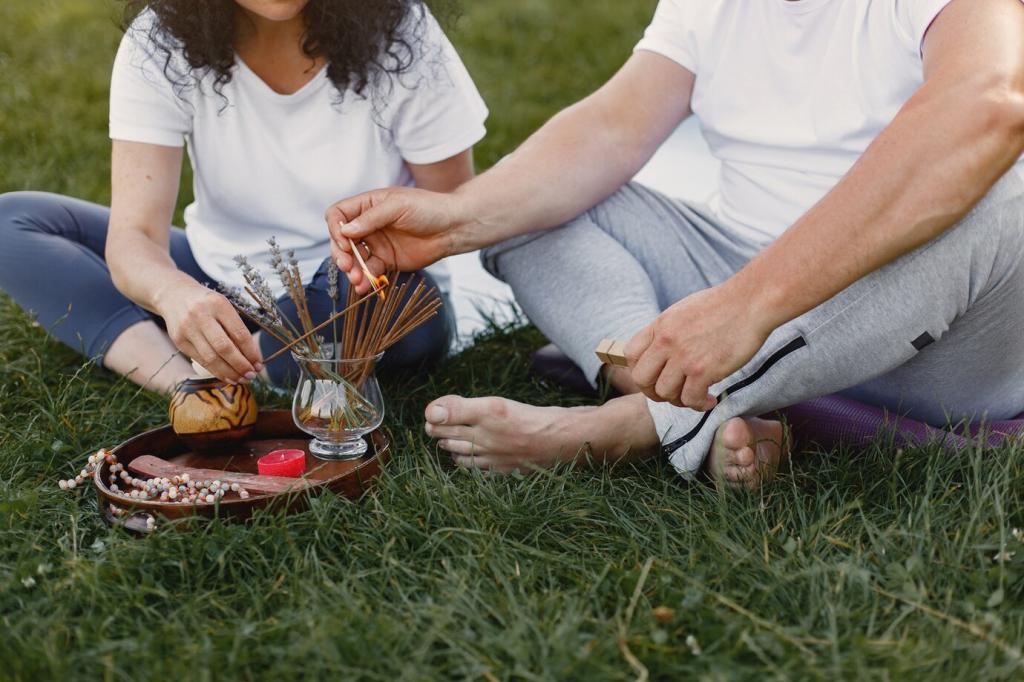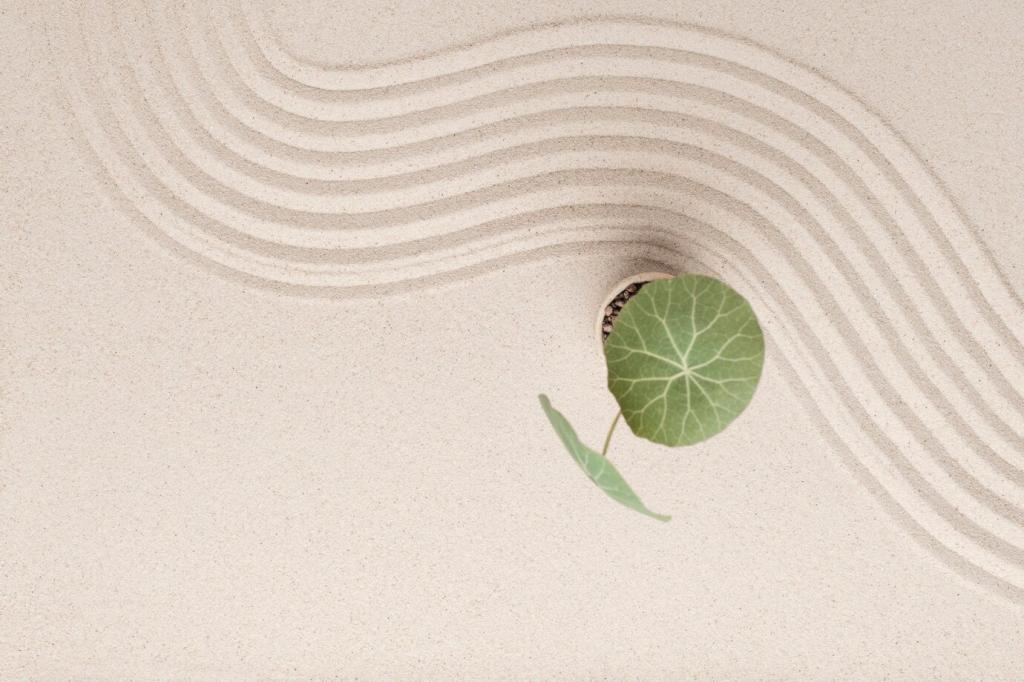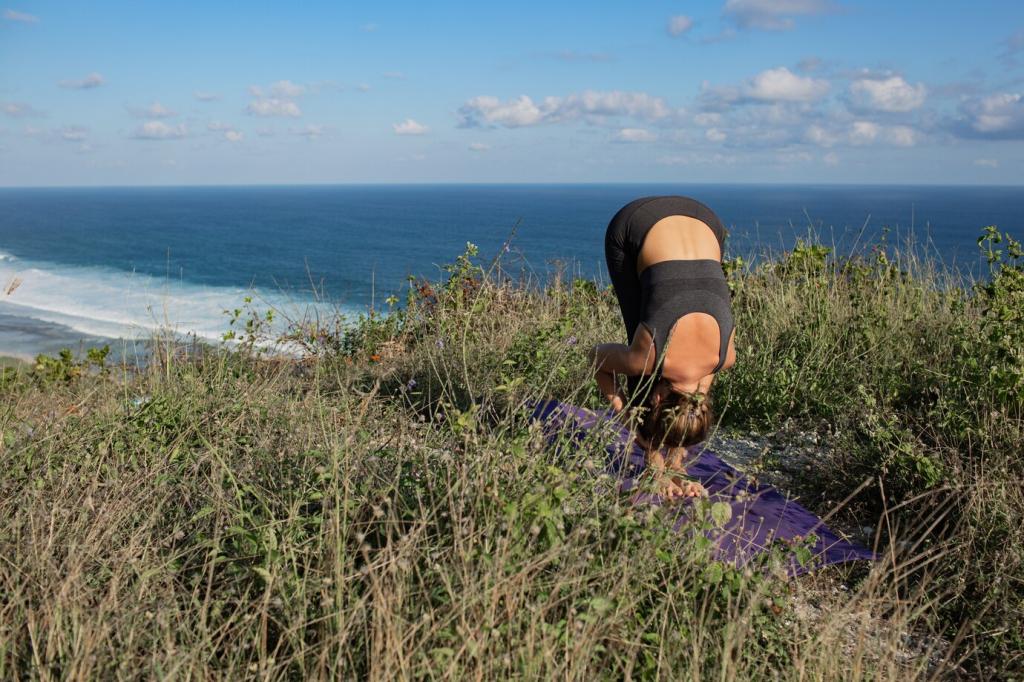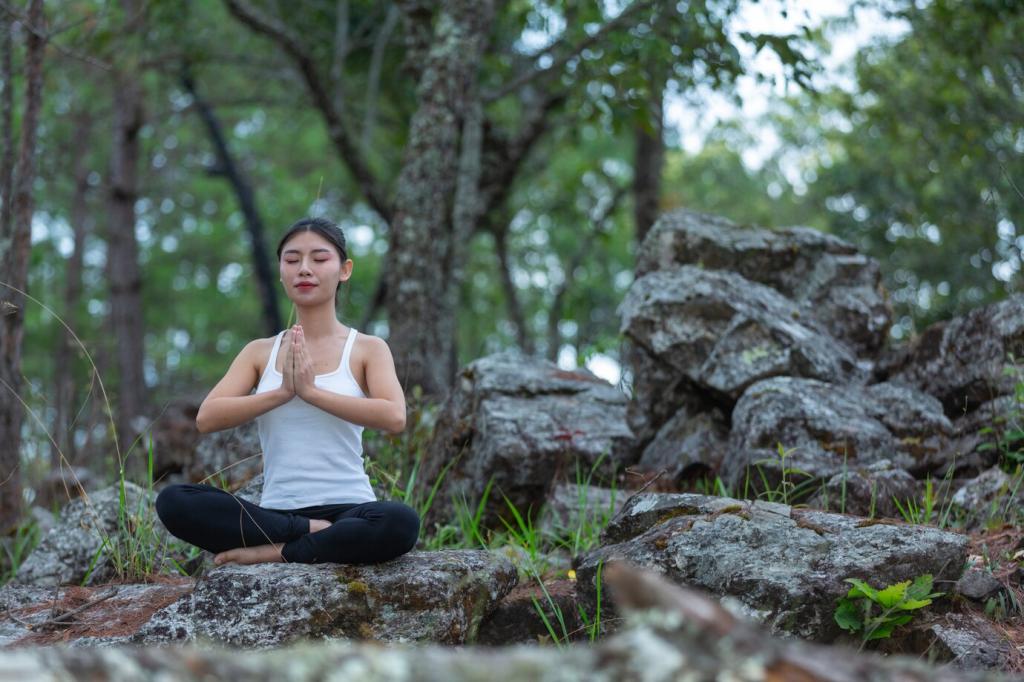Scent-Infused Creative Projects
Combine watercolor base with a tiny amount of hydrosol or a properly diluted essential oil. Paint memory-maps where color and fragrance trace significant places. Notice how shifts in scent change line quality, color choices, and pacing.
Scent-Infused Creative Projects
Warm beeswax crayons scented with a drop of lavender can turn slow layering into a calming ritual. Press rosemary sprigs into clay, capturing texture and aroma. Discuss boundaries by literally shaping edges, then smoothing them with intention.









